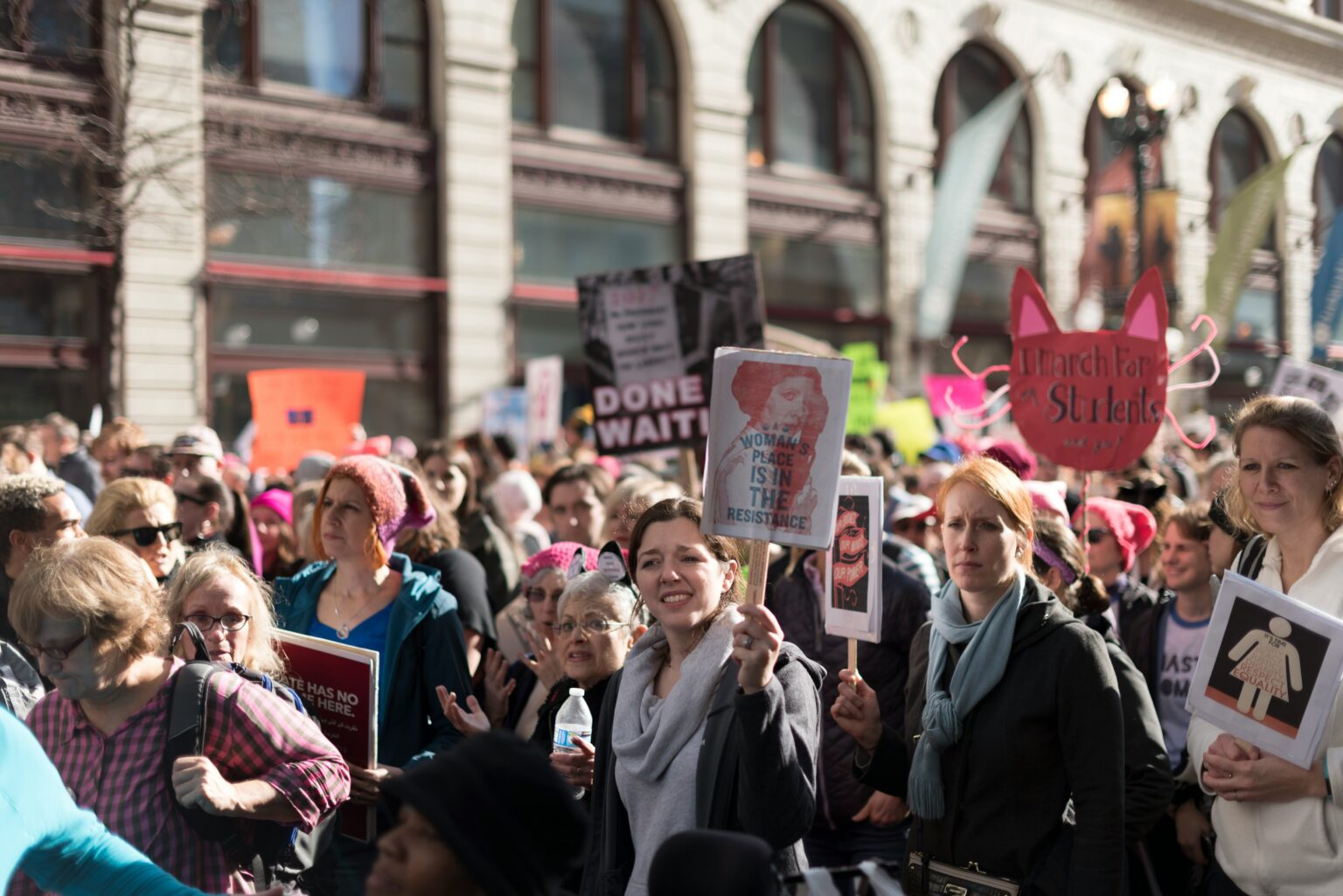Among archives of time, the contribution of Black women often stands overlooked and overshadowed. Their pivotal role in molding historic moments, such as passing the Fifteenth and Nineteenth Amendments, remains undeniable; Yet they spent another half a century fighting towards inclusion and equality Between the ratification of the Fifteenth and Nineteenth Amendments, women’s organizations were divided on the issue of including Black women in the fight for suffrage in the United States.
In 1869, suffragists formed two rival organizations, the National Woman Suffrage Association (NWSA), led by Susan B. Anthony and Elizabeth Cady Stanton, and the American Woman Suffrage Association (AWSA), led by Lucy Stone. While both organizations had a small number of Black women in their membership, the NWSA allowed local chapters to reject Black women from participation. According to The Nation, Stanton went as far as to argue that “[...] native-born white women deserved the vote more than nonwhites and immigrants.” In 1890, Anthony and Alice Stone Blackwell successfully negotiated a reunification of the two organizations, forming the National American Woman Suffrage Association (NAWSA), though ethnic and racial discrimination in the suffrage movement continued, according to the National Women’s History Museum.
In 1989, just short of a century later, Kimberlé Crenshaw, an American Civil Rights Advocate and Critical Race Theory Scholar, coined the term intersectionality, or how ...
YOU'VE REACHED YOUR FREE ARTICLE LIMIT!
Please consider a paid subscription to support our journalism.
Already a subscriber?


